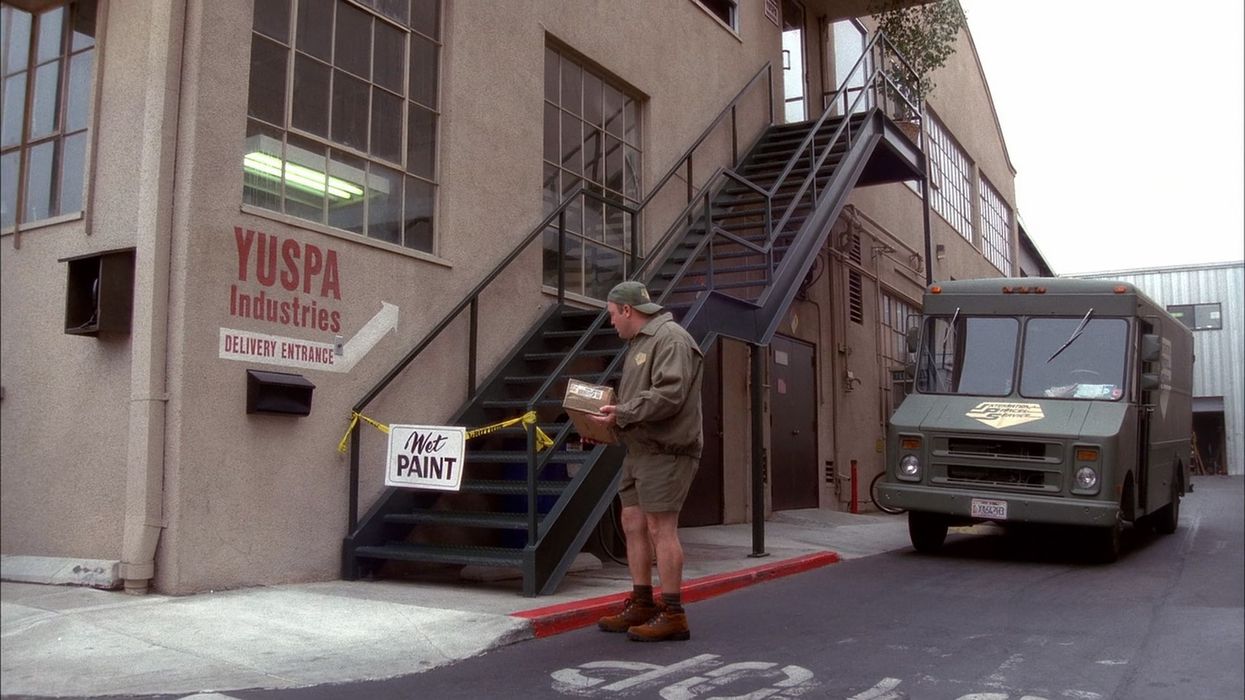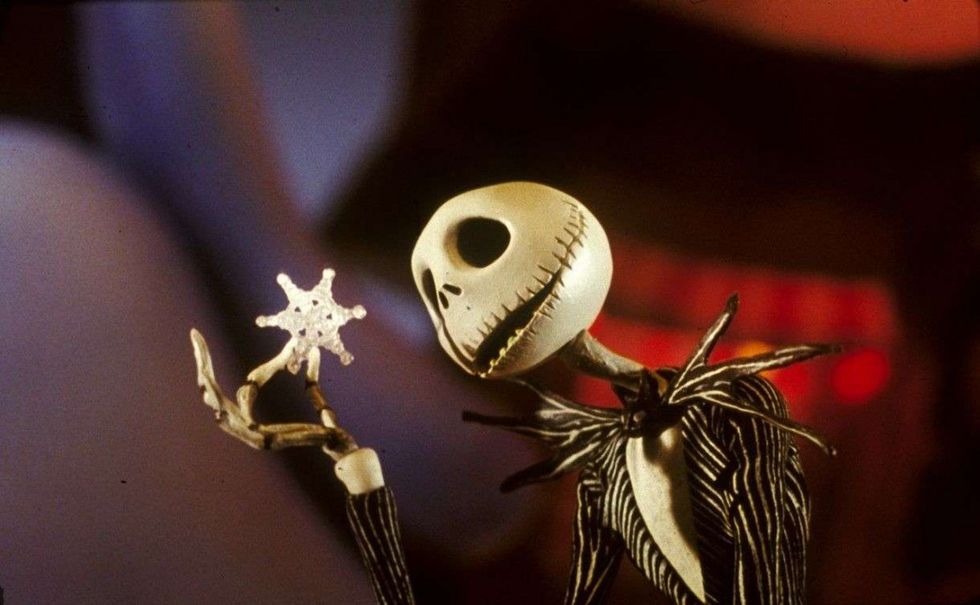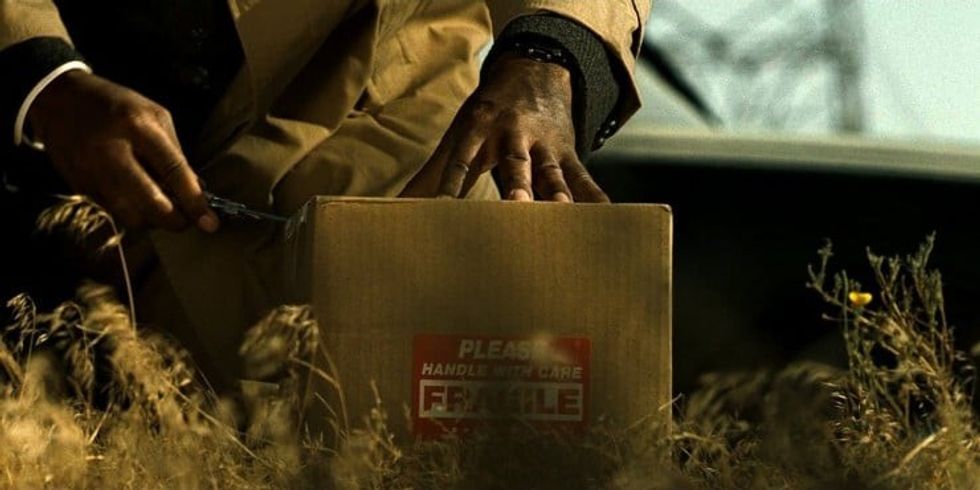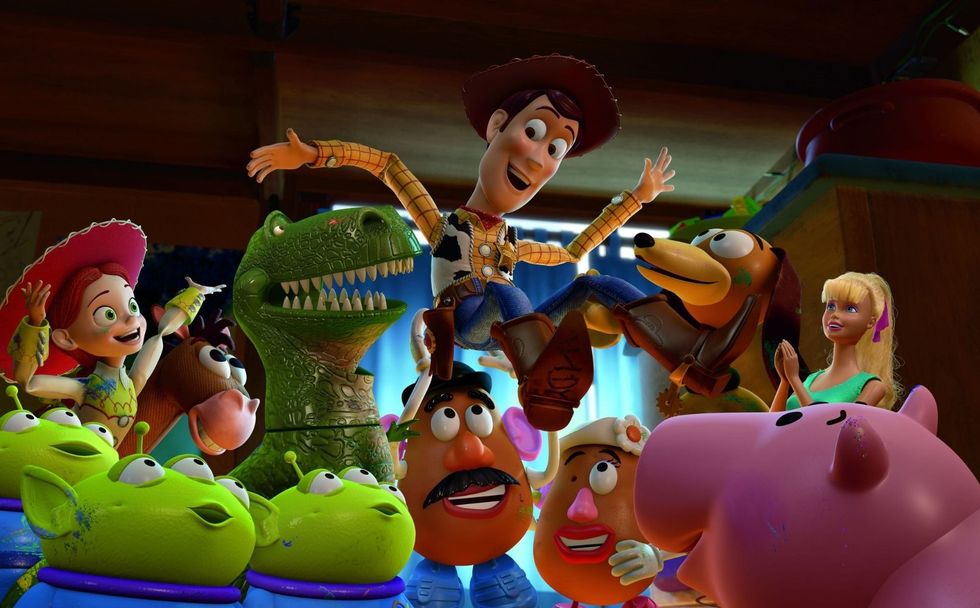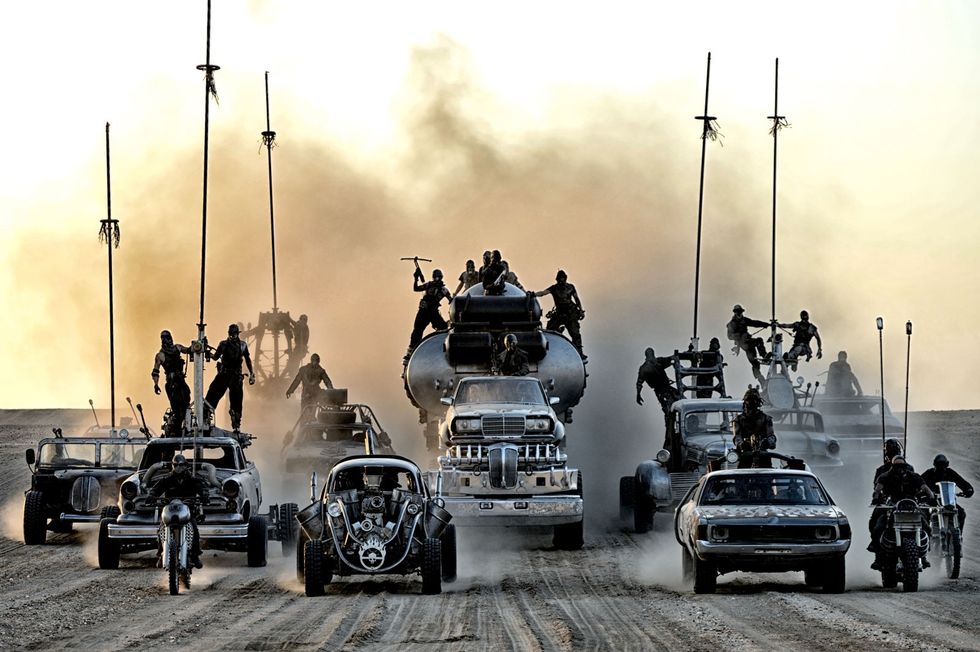Watch: 6 Tips for Photographers Who Want to Get into Filmmaking
Here are some helpful tips for all of you photographers looking to cross over to filmmaking.
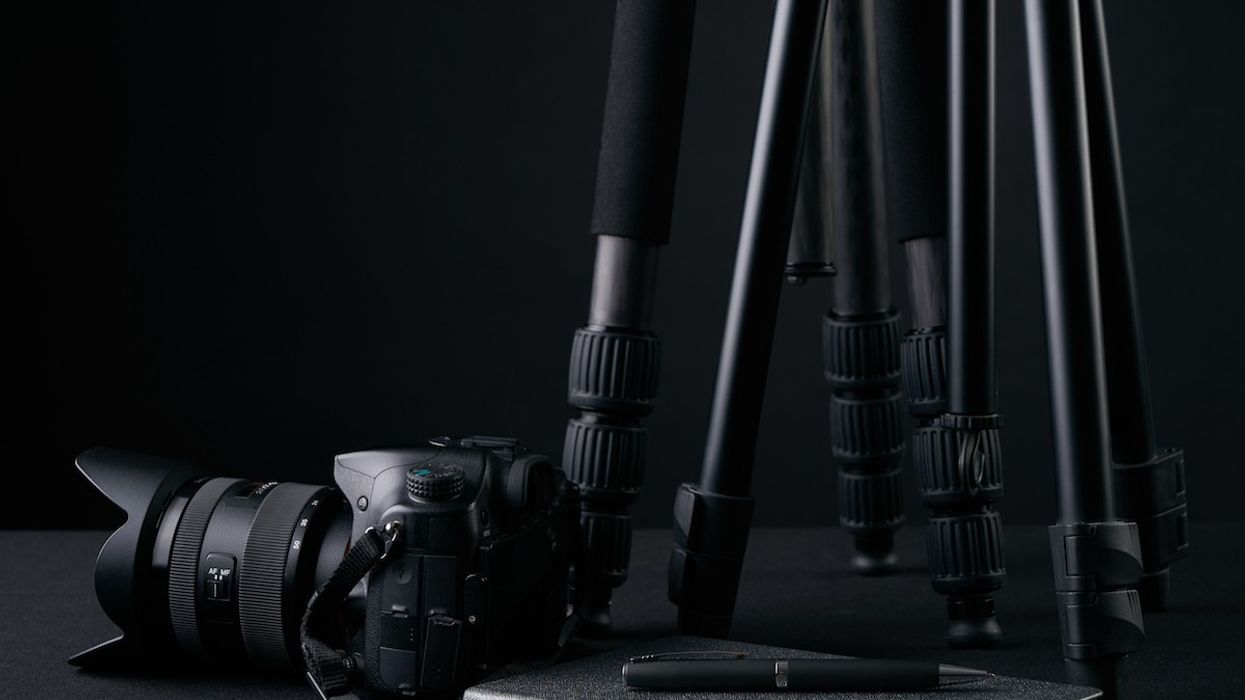
Though photography and filmmaking are very similar crafts there are definitely inherent technical and artistic differences, and if you're a photographer looking to get your cinematic feet wet, you might want to learn a few of them. In this video from Mango Street, videographers from White in Revery share some tips on how to make the transition from photographer to filmmaker a little more smooth, as well as what to look out for when capturing moving images. Check it out below:
Here are the 6 things the video says you should pay close attention to when transitioning into filmmaking:
Frame rate
Choosing your frame rate is an important decision when shooting a film. As the video points out, the cinematic standard is 24 fps, so chances are that'll be the setting you'll most often use, though you may use 60 fps or higher for slow motion shots.
Shutter speed
In photography, motion is but an illusion, but in filmmaking, it's a reality. The right shutter speed setting depends on the kind of shot you're trying to get, as well as other factors, like light and frame rate and ISO setting. However, the idea, for the most part, when it comes to shutter speed and filmmaking is to try and get a natural looking motion blur, and the rule of thumb to achieve this is to set your shutter speed at twice your frame rate (or as close to it as possible). So, for example, if you're shooting at 24 fps you'd want to set your shutter speed at 1/48 second.
Picture profile
In order to give yourself as much control over the final color grade in post, you'll want to adjust your camera settings so that you can shoot the most neutral picture profile as you can. This way, you'll be able to preserve the most color and dynamic range, which will make things easier when you head into post.
Focus and aperture
The video makes a good point: you might be used to shooting shallow depth of field as a photographer, but that's not always ideal when shooting a film. Not only is that look not right for a multitude of scenes and cinematic moments, it's also difficult as hell to keep a moving subject in focus.
Sequences
This is a concept that may be more challenging for those who have worked solely in photography. Sequences are one of the building blocks of a cinematic story and constructing an effective one, one that delivers necessary information, as well as clearly and concisely orients the viewer within time and space, is extremely difficult. You'll need to pay close attention to how you transition from shot to shot, from place to place, from subject to subject. Depending on what kind of project you're working on, each sequence should have its own narrative arch and unpack a piece of vital information that the audience didn't know before. (That bit may not be relevant to, say, a wedding videographer, but if you're shooting a film, that is visual story economy 101. No wasted scenes.)
Stabilization
One thing you may realize when you make the jump from photographer to filmmaker is that the number of stabilizers that you now have at your disposal is insane. You've got tripods, monopods, gimbals, cranes, jibs, sliders, dollies, drones, and so much more. It's important to choose the right stabilizer for your project and there are many factors to consider, but to give some general advice, you probably want to get your hands on a tripod, a slider, and maybe a handheld stabilizer if the price is right. Those three pieces of gear will help you capture the majority of your shots. Gimbals, cranes, dollies, and drones are next level stuff, but if you're ready and got the cash, they're also worthy investments.
What are some other tips for photographers looking to get into filmmaking? Let us know in the comments!
Source: Mango Street

